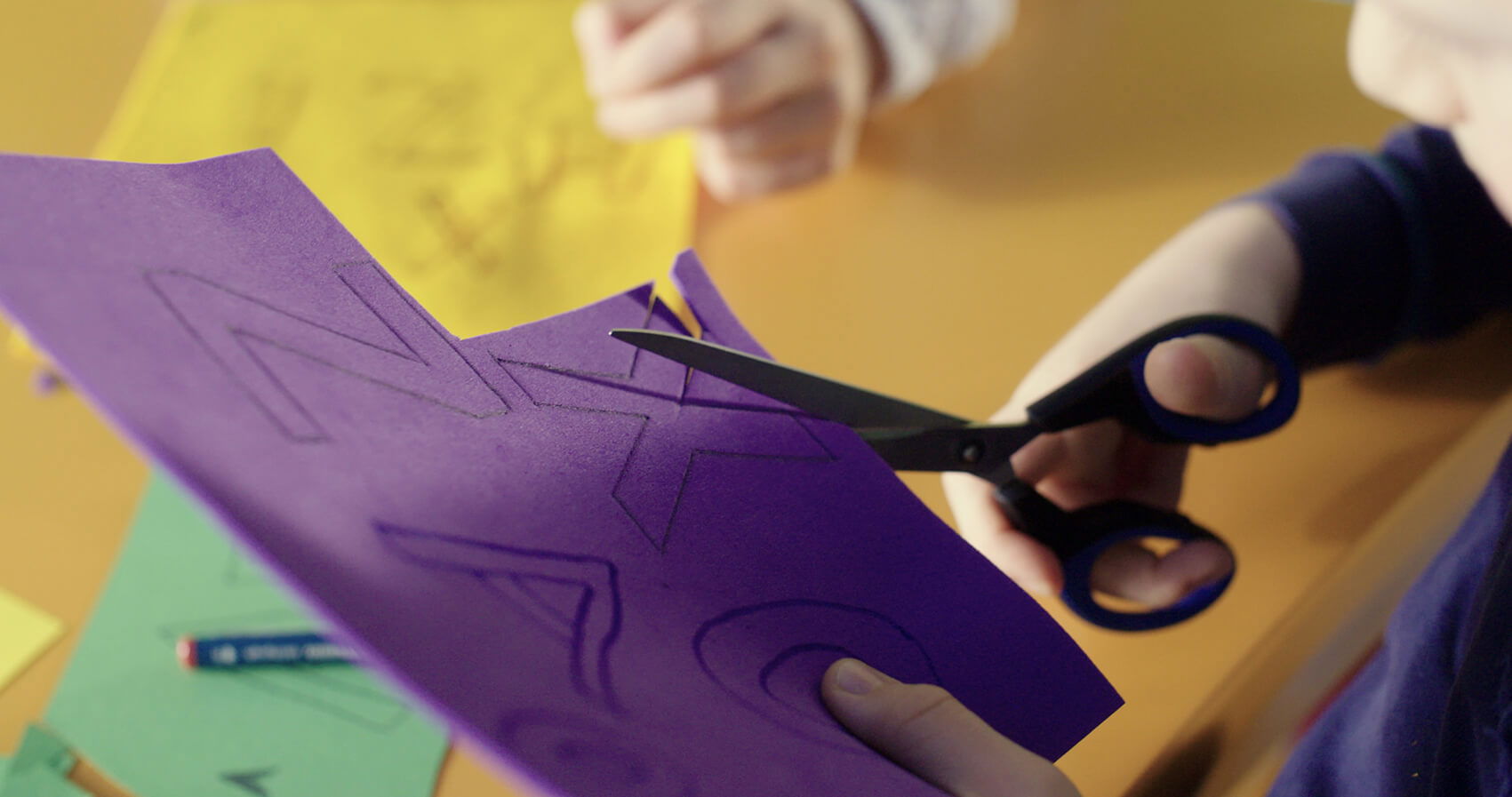Product recommendations for:
Advisor & Tips
Downloads
Responsibility


